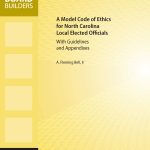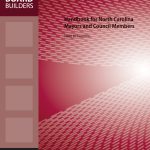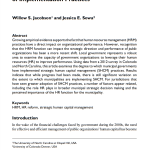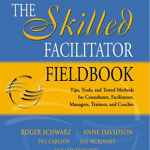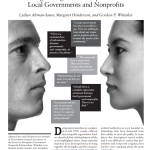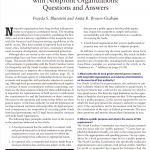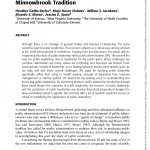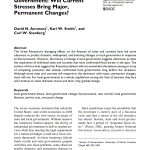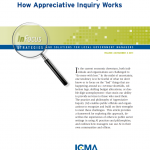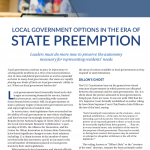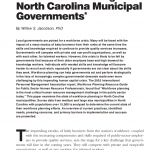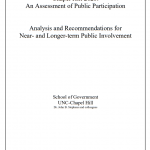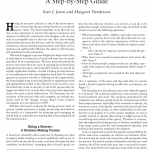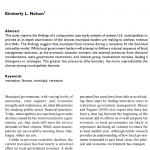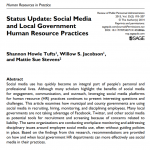The impact of organizational action on the enhancement and development of public service motivation (PSM) was explored through interviews with mid-level managers at two federal agencies. Participants expressed substantial individual variation in their initial reasons for pursuing government employment, with a large majority citing pragmatic reasons rather than the altruistic ones PSM research might indicate. However, individuals’ conceptions of public service motivation are dynamic over time and change as those individuals move through organizational levels and positions. This research was undertaken in response to the call for more investigation into the practical implications of PSM for public employers, and results indicate that organizations can have a distinct impact on the development and framing of employees’ public service motivation.
Cited as:
Jacobson, W. S. (2011). Creating a Motivated Workforce: How Organizations Can Enhance and Develop Public Service Motivation (PSM). Public Personnel Management, 40(3), 215–238. https://doi.org/10.1177/009102601104000303







